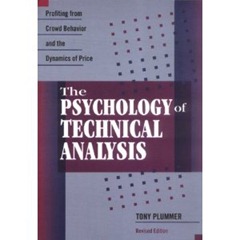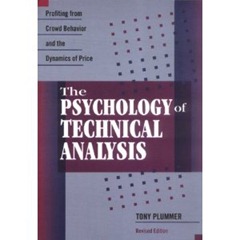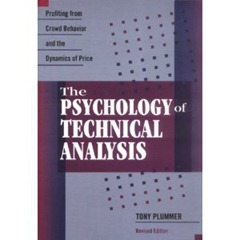 Greed is the fear of missing further profits.
Greed is the fear of missing further profits.
The objective of a crowd in the stock market is to influence prices: the bullish crowd will try to force prices up while the bearish crowd will try to force prices down. The sentiment of the crowd usually turns prior to price reversals. Hence, just before market peaks, sentiment will begin to deteriorate as the percentage increase in price falls.
The price-sentiment limit cycle is prone to shocks. Shocks occur because of a sudden divergence between current price movements and expected price movements. Shocks can be either pro-trend or contra-trend. Pro-trend shocks almost always destroy the unsuccessful crowd. However a contra-trend shock will initially cause prices to fall which results in falling sentiment. Eventually, the fall in prices begin to slow and encourages bear closing. This, in turn, causes prices to rise and hence a reversal in sentiment.
The disintegration phase of either a bull or bear cycle will occur very quickly. The fear of not making profits is of a different order of magnitude from the fear of actually losing money. This implies that investors prefer to hold stock rather than short positions. The long-bias means that when a bear market begins, not only do very few investors anticipate the fall, but also there is very little resistance to falling prices. Therefore, bear phases take a shorter period of time and are steeper than bull phases.






